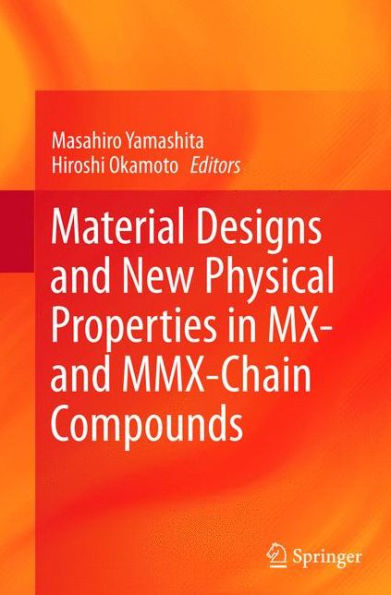This is the first book to comprehensively address the recent developments in both the experimental and theoretical aspects of quasi-one-dimensional halogen-bridged mono- (MX) and binuclear metal (MMX) chain complexes of Pt, Pd and Ni. These complexes have one-dimensional electronic structures, which cause the various physical properties as well as electronic structures. In most MX-chain complexes, the Pt and Pd units are in M(II)-M(IV) mixed valence or charge density wave (CDW) states due to electron-phonon interactions, and Ni compounds are in Ni(III) averaged valence or Mott-Hubbard states due to the on-site Coulomb repulsion. More recently, Pd(III) Mott-Hubbard (MH) states have been realized in the ground state by using the chemical pressure. Pt and Pd chain complexes undergo photo-induced phase transitions from CDW to MH or metal states, and Ni chain complexes undergo photo-induced phase transitions from MH to metal states. Ni chain complexes with strong electron correlations show tremendous third-order optical nonlinearity and nonlinear electrical conductivities. They can be explained theoretically by using the extended Peierls-Hubbard model. For MMX-chain complexes, averaged valence, CDW, charge polarization, and alternating charge polarization states have been realized by using chemical modification and external stimuli, such as temperature, photo-irradiation, pressure, and water vapor. All of the electronic structures and phase transitions can be explained theoretically.



